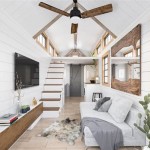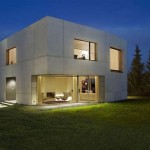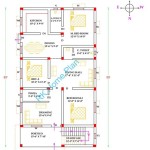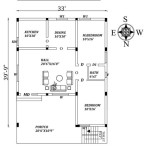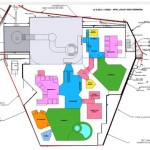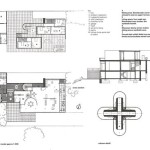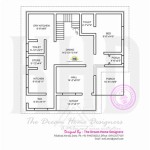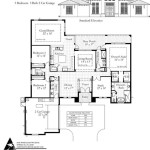1930s House Renovation Floor Plans: Essential Aspects
Renovating a 1930s house can be a rewarding project that unlocks the potential of a classic architectural style. To ensure a successful renovation, it is crucial to understand the essential aspects of 1930s house floor plans and how to adapt them to modern living.
Layout and Flow
1930s houses typically feature a central hallway with rooms branching off to each side. This layout provides a sense of symmetry and order. When renovating, it is important to maintain this flow while updating the spaces to meet contemporary needs. For example, a formal dining room could be converted into a more open and functional family room.
Windows and Natural Light
1930s houses often have many windows, allowing for ample natural light. Preserving and enhancing this aspect is crucial during a renovation. Consider replacing old windows with energy-efficient ones that still maintain the original style. Additionally, explore options for adding skylights or larger windows to maximize daylight.
Architectural Details
1930s houses often feature charming architectural details, such as crown molding, wainscoting, and built-ins. These elements add character and value to the home. When renovating, it is recommended to restore or incorporate similar details to maintain the house's original aesthetic.
Kitchen and Bathrooms
Kitchens and bathrooms in 1930s houses are often small and dated. Modernizing these spaces is essential for improving functionality and comfort. Consider expanding the kitchen by removing walls or reconfiguring the layout. Incorporate contemporary appliances, cabinetry, and fixtures to create a sleek and functional space.
Sustainability
Sustainable practices should be considered during any renovation project. Explore energy-efficient updates, such as insulation, double-glazed windows, and LED lighting. Utilize reclaimed materials or opt for sustainable options to reduce environmental impact.
Flow with the Outdoors
Many 1930s houses have outdoor spaces, such as porches, patios, or balconies. These areas offer opportunities for recreation and relaxation. During renovation, consider integrating indoor and outdoor spaces by installing large windows or creating seamless transitions.
Personalization
Ultimately, a successful 1930s house renovation should reflect the needs and preferences of the homeowners. While maintaining the original character, it is important to incorporate personal touches that make the space truly unique. Consider adjusting finishes, adding built-ins, or creating custom furnishings to tailor the home to your lifestyle.
By carefully considering these essential aspects, homeowners can transform a 1930s house into a modern and comfortable living space that retains its architectural charm and historical significance.

19 1930s Floorplan Ideas House Extension Plans Design

19 1930s Floorplan Ideas House Extension Plans Design

130 1930 S Semi Detached Renovation Plans Ideas 1930s Renovations

Check Out This Property For On Zoopla House Extension Plans 1930s Renovation Floor

Our 1930s Forever Home Renovation Plans Oh So Kel

10 Floor Plans Ideas House Extension 1930s

Renovating A 1930s Tudor Home In Westchester New York

Odd Layout In 1930s House Houzz

1930 S Terraced House Extension Help On Layout Needed Houzz

1930 S Semi Small Extension And Remodel Houzz

